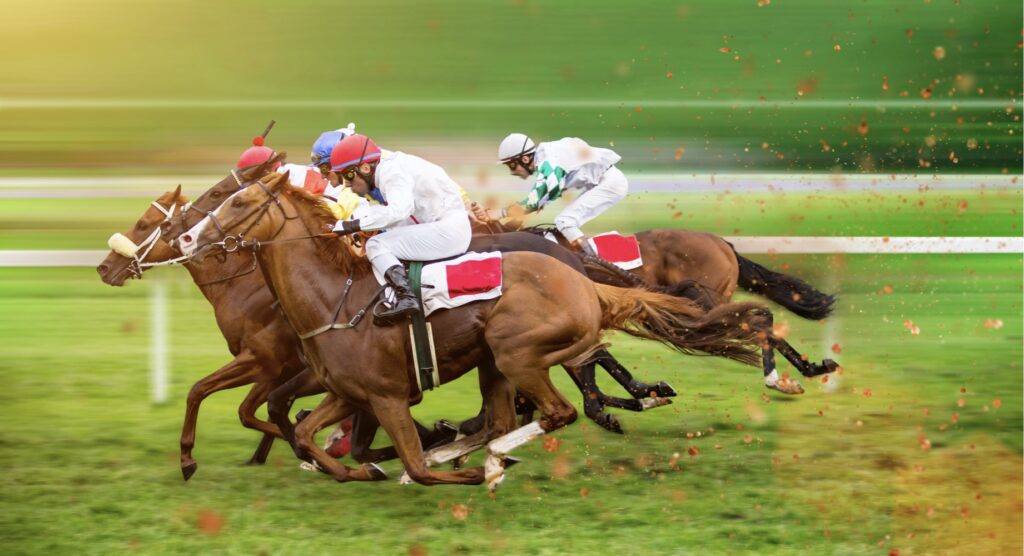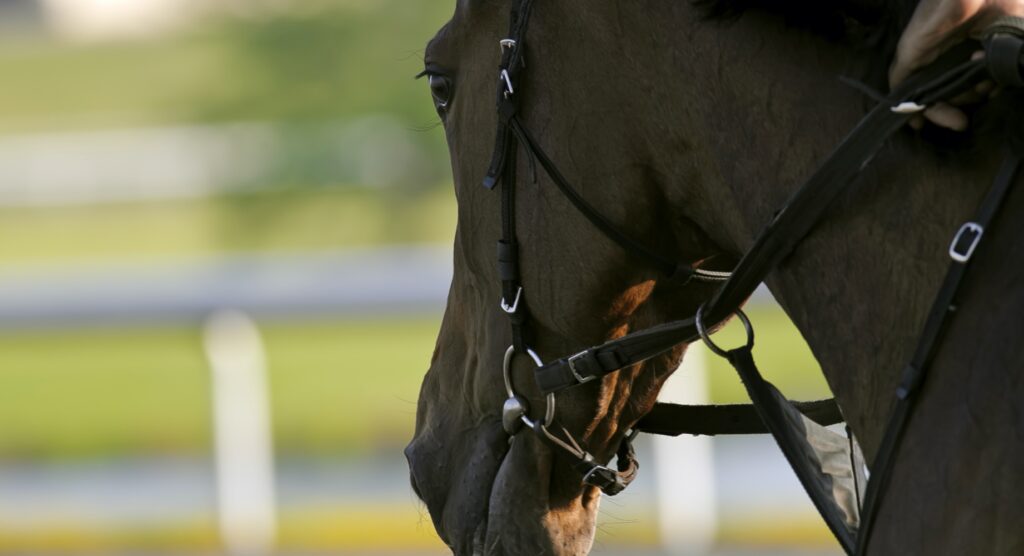Spread Betting on Horse Racing
The vast majority of gambling on horse racing markets is conducted through fixed odds markets and the betting exchanges. However, lurking in the background is another medium through which punters can try to profit from their interest in horse racings: spread betting.
What Is Spread Betting?
This form of gambling is more closely associated with financial trading and the city, and granted those with a prior knowledge of the spreads mechanism have a head start when tackling spread betting for horse racing, but it is not as difficult or daunting as it may first appear.
The main difference between fixed odds betting and spread betting is that generally the more right you are, the more money you make. Fixed odds betting typically works with a predetermined return on the stake, however the liability or profit can vary when taking part in spread betting according to the accuracy of the bet.
Spread betting companies will compile a list of different markets for each horse racing meeting every day. They will offer a prediction for each market and the challenge is for the customer to determine whether the outcome will be higher or lower than predicted.
If you agreed with the prediction then it would make sense not to have a bet. When trying to compare it to fixed odds betting, spread betting would be closest to totals betting or over/under markets.
So bookmakers make their profit through over rounds i.e. pricing up horses at shorter odds than their true value, but how do spread betting companies make their money? They make their margin through the spread, i.e. the value at which a customer can buy a market at is not the same as the value that they can sell at. The difference between the buy price and sell price is the margin.
Calculating Profit and Loss
The calculation for profit and loss from a spread bet is actually quite simple:
- (Difference between the result and the buy price) x stake = profit or loss
or
- (Difference between the result and sell price) x stake = profit or loss
When selling, the punter obviously wants the result to be less than the figure quoted and when buying they want it to be more than the buy figure.

Advantages of Spread Betting
So why should customers choose spread betting instead of conventional fixed odds action?
Bet on Success and Failure
Bet on Success and Failure
In addition to ‘buying’ and benefiting from the success of a horse etc. customers are also able to ‘sell’ in markets in which they think that the performance will be poor.
Make Large Profits
Make Large Profits
As mentioned, the more accurate the prediction, the bigger the profits. Therefore if a customer believes that a spread betting firm have made a big error in their predictions, they can exploit it to the fullest.
Interest in Every Race
Interest in Every Race
Many of the markets created by spread betting traders run throughout the course of the day and cover every race in a meeting.
The different types of bets will be discussed below, but markets such as ‘Total SP’s and ‘Favourites’ markets can give punters an interest for several hours.

Markets Available
The big firms usually put up several markets for horse racing meetings each day and there are extra markets for each contest. The most common bet types are:
Market Index (Indices)
This bet type focuses on each individual race, with points attributed to a horse depending where they finish in a contest. Each horse will have its own individual set of figures quoted and it is the spread betting equivalent of the normal fixed odds market for a race. This market allows customers to buy or sell a horse’s performance and typically in a race of 11 or less, runners the points system would be:
- 1st = 50 points
- 2nd = 25 points
- 3rd = 10 points
And anywhere else would score 0 points.
In fields of 12 or more, the points are usually distributed as:
- 1st = 50 points
- 2nd = 30 points
- 3rd = 20 points
- 4th = 10 points
A strong favourite may be quoted at something like 32-35, while an outsider may have figures of 2-5 attributed to them. Obviously the downside of ‘buying’ an outsider at 5 if it loses is a maximum of 5 units, but the upside if it wins is huge – 45 units. Conversely, if you buy a favourite at 35 and it wins, the upside is only 15 units, but if it loses, the downside is 35 units.
The benefit of indices betting is that it is not win or bust. Returns are offered on a sliding scale, so even if a bet does not win, a profit may still be derived from the stake depending on the buy/sell price.
Match Betting
This involves picking between two horses in the same race. Neither horse has to win, it is purely a matter of the distance between the two rivals. The maximum number of lengths is typically 12 lengths on the flat and 15 lengths over jumps.
Starting Prices
Users are given the option to buy or sell the total of the starting prices across the card.
A 10.00 winner would give 9 points a 3.50 winner 2.5 points and so on. Dividing the top number by the bottom number of the SP by the bottom number will give the number of points for the winner. If an individual thought that all the favourites on a card would do well, they would be likely to sell the starting prices.
Alternatively if someone fancied there to be a few upsets at big odds, then buying the starting prices would be the way to go. Due to the large discrepancies in the starting prices, this market can be volatile. Two 34.00 shock winners on one card could give someone a massive profit or a huge loss.
Jockeys Index
This market gives punters an interest in every race in which a particular jockey is riding in. Much like the indices markets, jockeys accumulate points based on their finishing positions.
Favourites Index
This takes into account how the favourite performs on every race on a card. The scoring is generally 25 points for victory, 10 points for second and 5 points for third.
For example, on a seven race card, the spread for the favourites was 72-75 points. Assume a customer bought at 72 thinking that favourites would do well throughout the course of the day and the results were as follows:
- Race 1 – Unplaced
- Race 2 – Won
- Race 3 – Won
- Race 4 – Second
- Race 5 – Second
- Race 6 – Won
- Race 7 – Unplaced
3 victories @ 25 points + 2 seconds @ 10 points = 95 points. The profit on the bet would be 20 points (95-75).
The SP of the winning horse in each race has no impact on the points earned. The favourites index again gives an interest throughout the course of the day and allows the punter to consider whether they think the market leaders will perform well, or poorly.
For example if there is a 2.25 favourite in the morning, the likelihood is that horse will go off favourite. However, if there is a 16 runner handicap which is 7.00 the field, the odds can alter throughout the day and this can change which horse you are cheering on or hoping finishes unplaced, as the horse that is favourite in the morning might not be the market leader by the time the race starts.

Approach
When starting out spread betting, it is extremely important to take a cautious approach as unlike fixed odds betting and the betting exchanges, customers can lose more than their stake.
For instance, if betting on the distances markets with a spread of 31-34, a customer may sell, thinking that the races will all be close. However they don’t want a huge downside if there does happen to be a few wide margin winners, so a stop loss is put in place at 10 lengths. This means that the maximum that can be won is 10 units and the maximum that can be lost is 10 units.
If on a seven race card, all races are won by a length and the total is 7 lengths, despite effectively ‘winning’ by 24 lengths (sold at 31 – final outcome of 7), the pay-out will only be 10 units. But of course it also works the other way – if the total distances was 62 lengths, the loss would only be 10 units.




